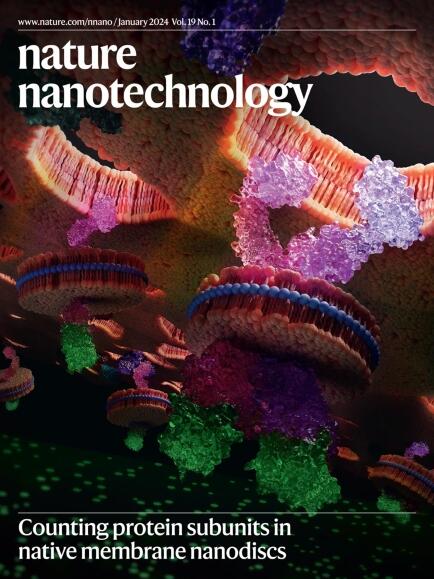电池研究需要更可靠、更具代表性和可重复性的同步加速器特性
IF 38.1
1区 材料科学
Q1 MATERIALS SCIENCE, MULTIDISCIPLINARY
引用次数: 0
摘要
同步加速器技术可以在前所未有的时间和空间尺度上探测电池材料和器件,提供深入的机理理解。然而,同步加速器测量和分析缺乏标准化可能导致对数据和结果的有偏见的解释。在这里,我们提出了可能的策略来解决电池研究中同步加速器表征的可靠性、代表性和可重复性问题。本文章由计算机程序翻译,如有差异,请以英文原文为准。

Battery research needs more reliable, representative and reproducible synchrotron characterizations
Synchrotron techniques can probe battery materials and devices at unprecedented scales of time and space, providing in-depth mechanistic understanding. However, the lack of standardization in synchrotron measurements and analyses can lead to biased interpretations of data and results. Here, we propose possible strategies to address the reliability, representativeness and reproducibility issues of synchrotron characterizations in battery research.
求助全文
通过发布文献求助,成功后即可免费获取论文全文。
去求助
来源期刊

Nature nanotechnology
工程技术-材料科学:综合
CiteScore
59.70
自引率
0.80%
发文量
196
审稿时长
4-8 weeks
期刊介绍:
Nature Nanotechnology is a prestigious journal that publishes high-quality papers in various areas of nanoscience and nanotechnology. The journal focuses on the design, characterization, and production of structures, devices, and systems that manipulate and control materials at atomic, molecular, and macromolecular scales. It encompasses both bottom-up and top-down approaches, as well as their combinations.
Furthermore, Nature Nanotechnology fosters the exchange of ideas among researchers from diverse disciplines such as chemistry, physics, material science, biomedical research, engineering, and more. It promotes collaboration at the forefront of this multidisciplinary field. The journal covers a wide range of topics, from fundamental research in physics, chemistry, and biology, including computational work and simulations, to the development of innovative devices and technologies for various industrial sectors such as information technology, medicine, manufacturing, high-performance materials, energy, and environmental technologies. It includes coverage of organic, inorganic, and hybrid materials.
 求助内容:
求助内容: 应助结果提醒方式:
应助结果提醒方式:


